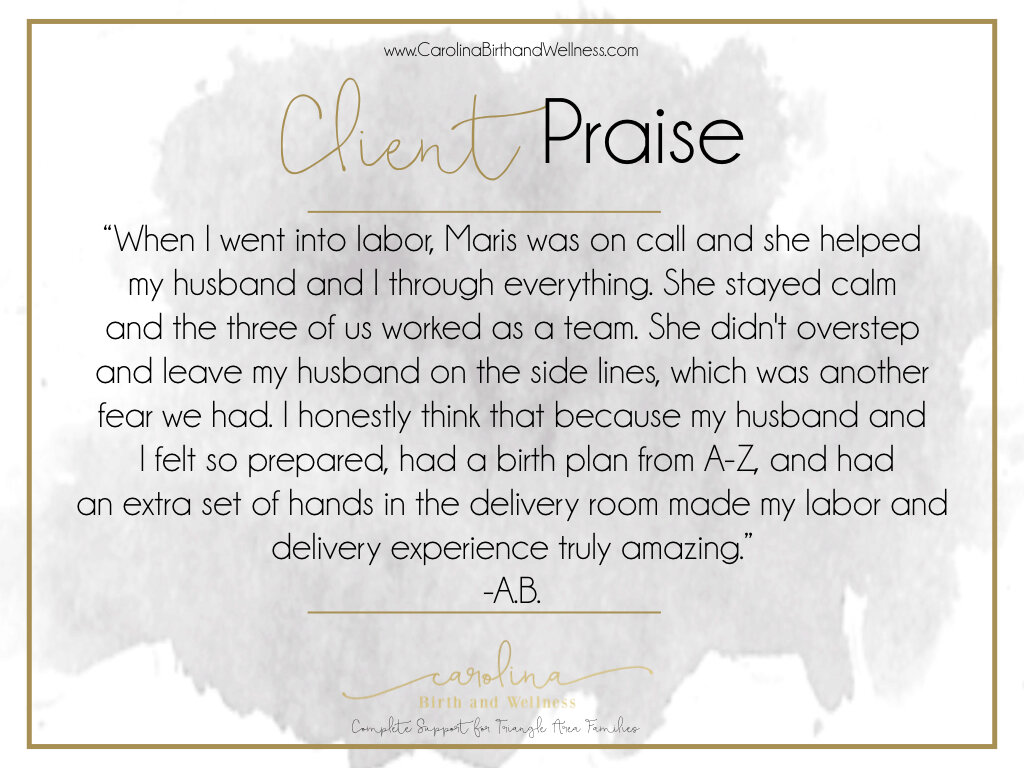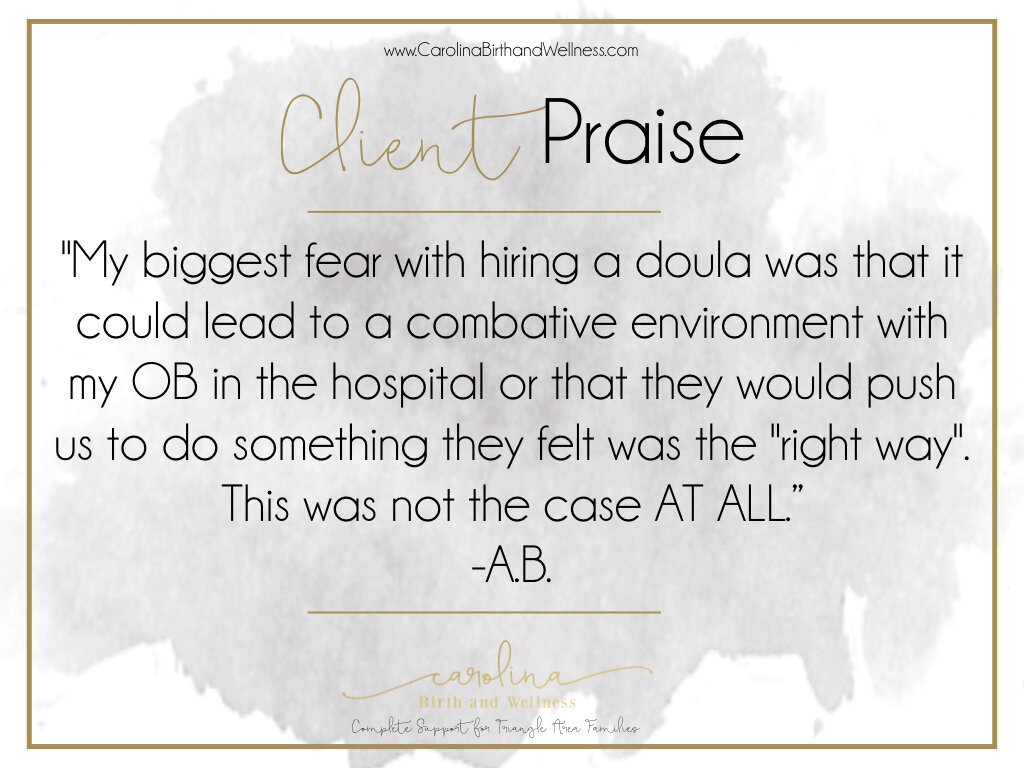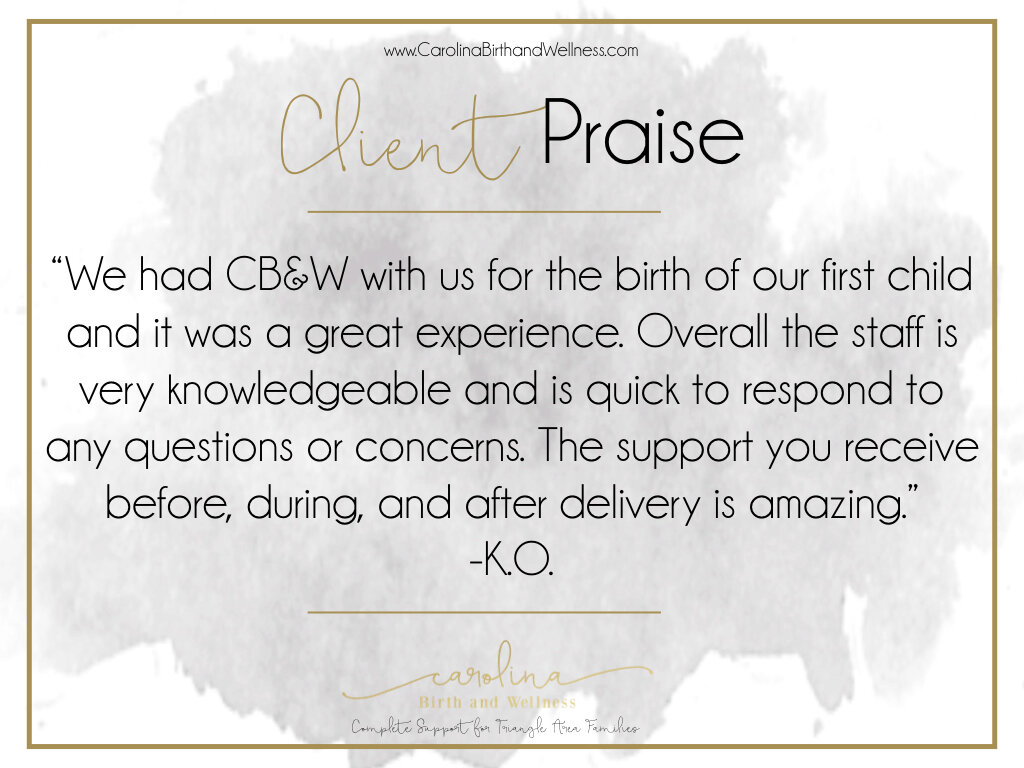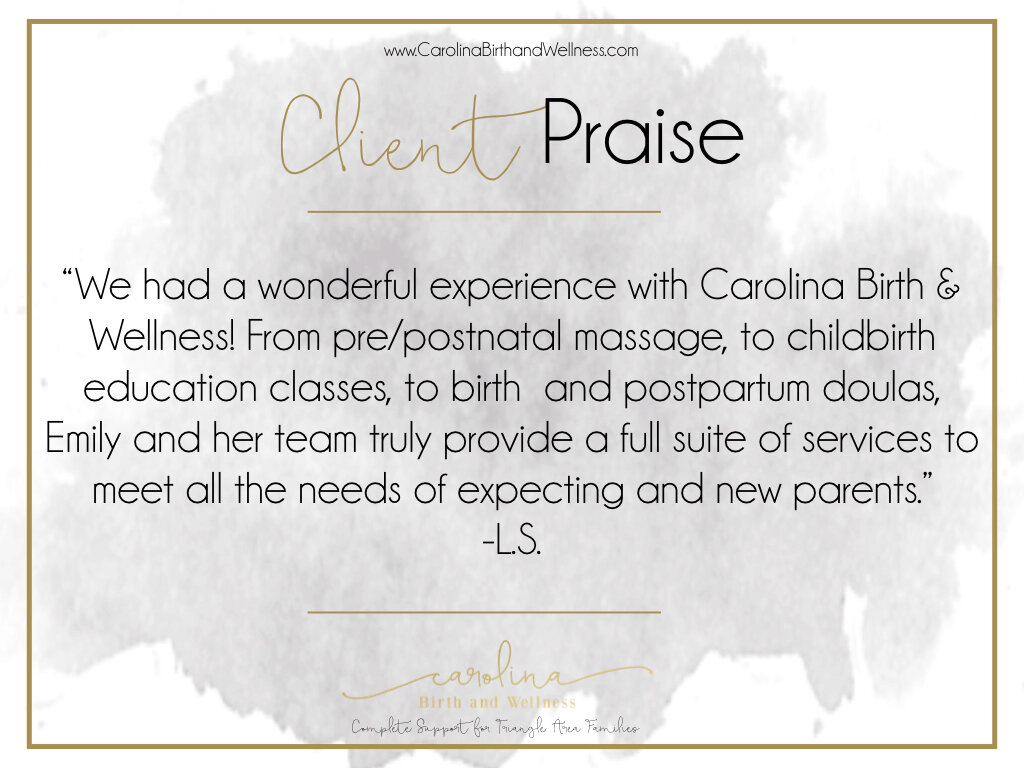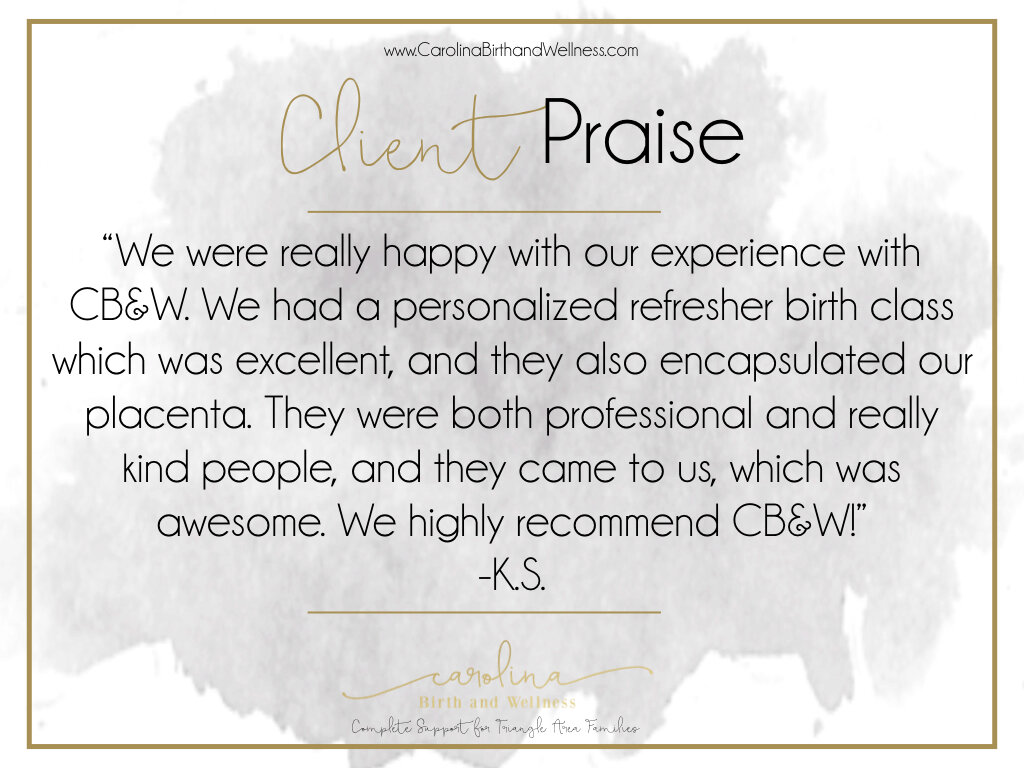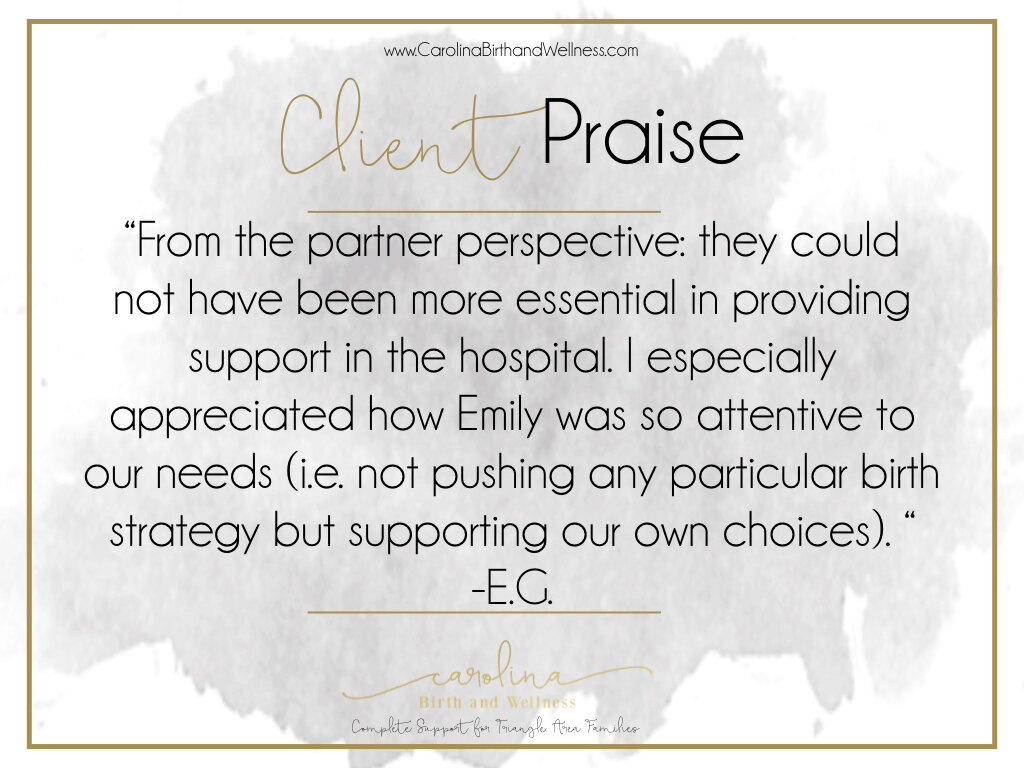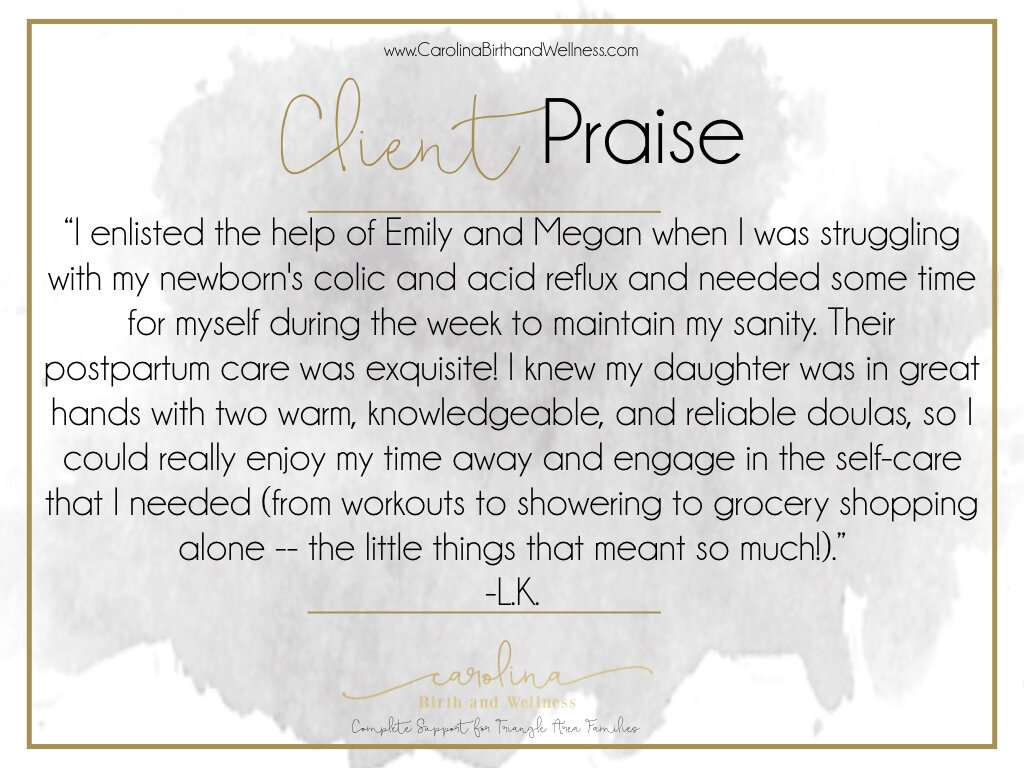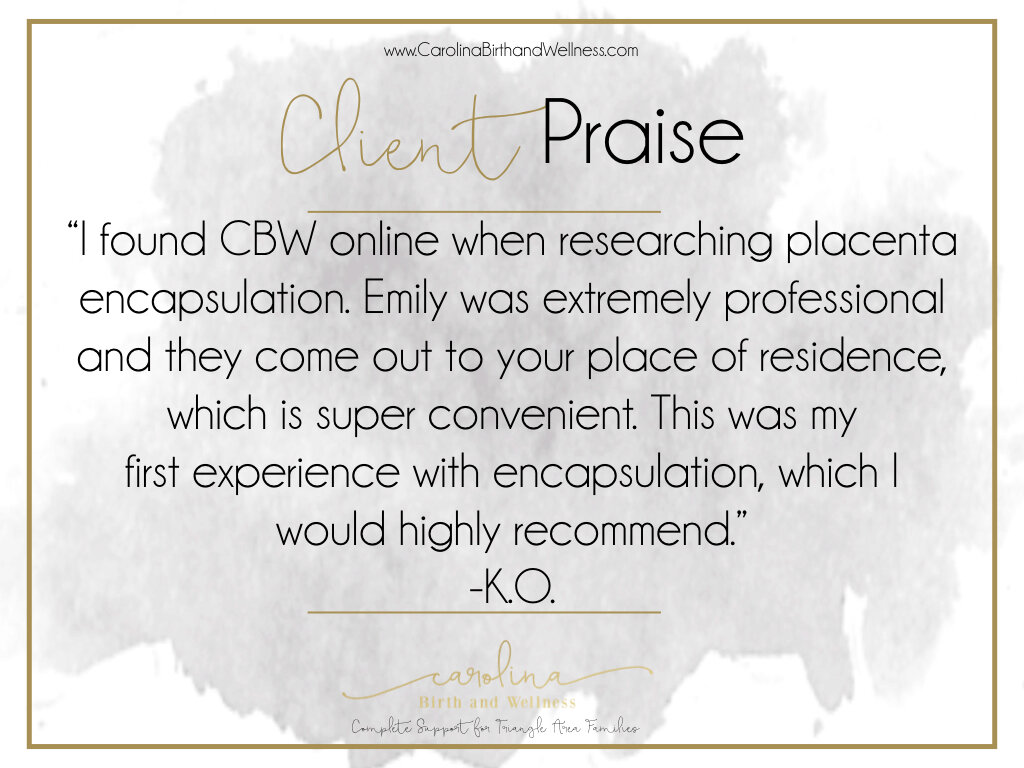Just like you, infants sometimes are not in the mood for certain activities. While they cannot verbalize that, parents, babysitters, and other guardians begin to notice signs of what the baby is feeling.
Infant Massage is just as much about learning about your baby as it is about the physical and emotional benefits of the massage itself. We know the lasting physical benefit for the baby range better circulation, increased production of feel good hormones such as oxytocin, decrease production of stress hormones, and a whole host of other amazing benefits. Furthermore, the emotional benefits for both your baby and the person massage are numerous. Studies have shown that massage decreases maternal postpartum depression, as well as promotes bonding between both baby and the person giving the massage.
However, we also encourage our students to learn about their babies during the massage process! Learning these cues can help you attend to their needs, and even stop tantrums before they start.
Quiet Alert Stage is Ideal for Infant Massage
We want them to be quiet and alert. If you feel your child is not in that state, please feel free to play, nurse or cuddle with your baby. We want to make to sure that the massage is pleasant for both parent and child.
Signs of quiet alert stage:
- Face is bright-eyed and receptive
- Focused attending, taking in the surroundings
- Calm and relaxed movements
- Regular breathing
- Best time for a baby to receive a massage, as well as to learn new things
Signs your baby is not ready for a massage
- Considerable body activity
- Whimpering
- Loud crying
- Rubbing eyes
- Make specific tired sounds or sleeping
Asking for Permission
To further the idea that we are working with our babies during infant massage work, we encourage all parents to ask for permission. While most infants cannot verbalize a definitive yes or no for some time, they can show signs of engagement, and disengagement. These signs are also all about learning who your baby is as an individual.
Asking for permission can be something simple: we usually encourage parents to do an action and ask if they may massage now. Rubbing your hands together in front of your baby and saying “May I give you a massage now, Baby” is a simple, but excellent way to incorporate the permission piece into massage and touch in general.
Your baby will not show many signs of engagement or disengagement for a little while, but as you continue to incorporate massage into your routine, you will notice when they do not want a massage, or when they just are not in the mood. My son use to stick his leg in the air when he was ready! Super cute if I do say so myself.
Unique Baby, Unique Cue
No two babies are the same, so therefore, no two cues are the same. Our goal through infant massage classes is not to show you what it looks like when your baby needs to eat vs poop vs sleep, but help you learn those cues so you can thrive as a new parent, even if you are going on a bit less sleep than you would like!



